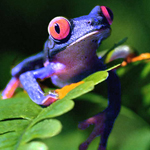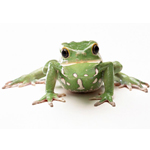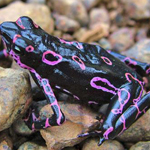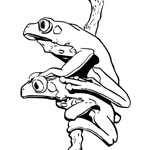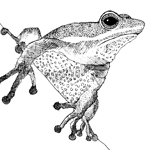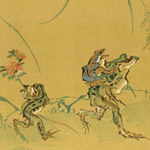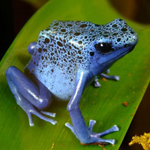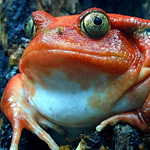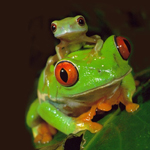
The animal totem is a powerful symbol of ancestral identity and clan attributes - and the frog totem is one of the oldest and most magical, standing for metamorphosis, regeneration and new directions in life. Frog symbols abound in cultures all over the world, indeed just about everywhere you can find frogs.
For coastal tribes in North America, the frog is associated with water and the moon, and is a symbol of fecundity, prosperity and wealth. Frog Woman was the guardian of fresh water, and protected humans from flood or thirst by creating and manipulating a dam to control the waters for maximum benefit. Many Native American tribes call the frog 'the Great Rain Maker'. Frog announced the end of winter. With the last snowfall of spring, the snowflakes touching the ground would turn into frogs announcing to the people that soon the salmon would be returning to the rivers.
In some regions of China, special temples were built in honor of the frog. The green frog was a minor deity, especially in river and lake regions. A frog with a coin in its mouth is still placed in Chinese homes as a symbol of prosperity in business. In Japan the frog is the symbol of energy and perseverance.
In Western cultures, the frog has not always been held in such high esteem. Its physical characteristics have often caused it to be associated with all things unpleasant, such as witches and the devil, plagues and disease, and it shows up in folk-lore as the product of evil spells, as in handsome princes being transformed into the ugliest of frogs. However, the frog emerged from time to time with his dignity intact, as the respected spirit of the well, keeping guard at the all-important water source. Frogs in gardens are considered good luck - probably for their propensity to eat insect pests - and many people put frog statues in their gardens for that very reason.
See also: Marine Life Tattoos Index


